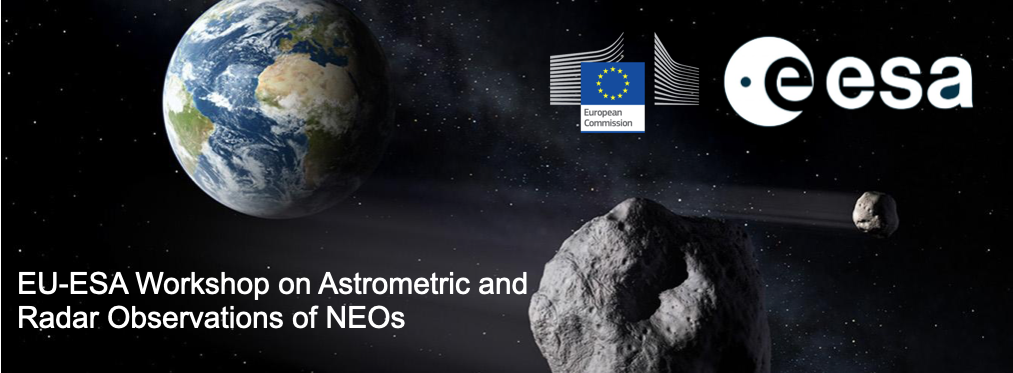Speaker
Description
One of our main goals is to provide precision astrometry for high-profile objects, which require having a network of telescopes properly characterised and suite of sensors fully understood. We routinely participate in IAWN campaigns for timing, rapid response, but also do training with close-approachers or artificial objects in high orbits or reentering.
Timing of the observations is essential; therefore, we measure the bias in our measurements and their intrinsic uncertainty, and/or stability. Moreover, we improve this estimation with spatial mapping for cameras with several chips, long-travel shutters, or line-by-line read-out. We include this information in our reports in ADES format.
It is also important to know the topocentric location of the telescope. Apart from the use of GNSS receivers on-site, we have successfully used the observation of GNSS satellites to determine the topocentric coordinates. We have performed this task for all our owned/funded telescopes, and corrected from the geoid altitude in some cases.
As part of the practicing, we perform observations in challenging conditions, like close to the full moon or at low elevations. This sort of observations are often required to provide key astrometry for relevant NEOs . Some of our facilities allow us to observe at low elongation, not only for arc extension in the discovery opposition, but also early recoveries that enable characterisation of close approachers coming from the sun glare (e.g., 2023 KU).
We also provide some support for different projects in the agency, producing some non-asteroidal astrometry. We are supporting the Space Debris Office in the pre-reentry follow-up of the Cluster II spacecraft, providing for astrometry for orbit determination leading to an impact corridor. Moreover, we are also following spacecraft and rocket bodies launched in heliocentric orbits that may return in a near future and may use some our community resources if not properly identified.

